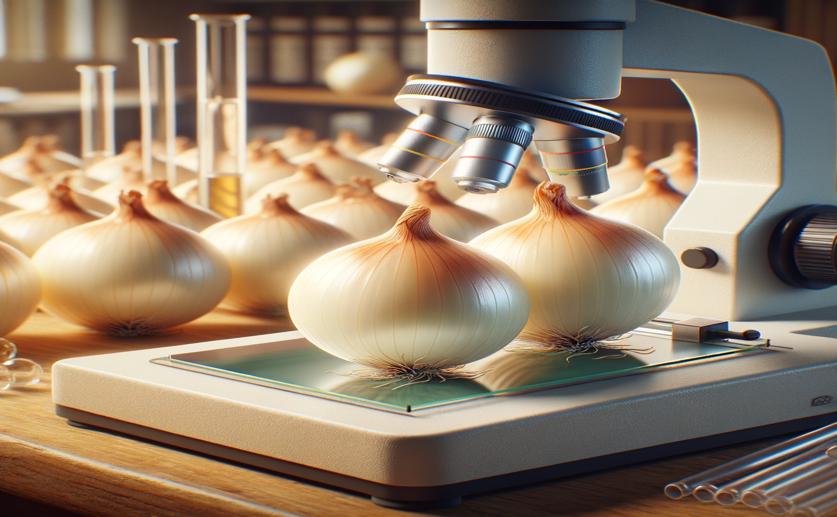
Discovering the Gene Behind White Onions' Color
Jenn Hoskins
7th May, 2024

Image Source: Natural Science News, 2024
Key Findings
- Scientists at Chonnam National University discovered why some onions have white bulbs
- A genetic change near the AcMYB1 gene in white onions disrupts pigment production
- A new genetic marker can predict onion bulb color, aiding future breeding efforts
VegetablesGeneticsPlant Science
References
Main Study
1) Identification of a candidate gene for the I locus determining the dominant white bulb color in onion (Allium cepa L.).
Published 6th May, 2024
https://doi.org/10.1007/s00122-024-04626-9
Related Studies
2) A conserved network of transcriptional activators and repressors regulates anthocyanin pigmentation in eudicots.
3) The Evolutionary History of R2R3-MYB Proteins Across 50 Eukaryotes: New Insights Into Subfamily Classification and Expansion.
4) Functions of Flavonoids in Plant⁻Nematode Interactions.



 3rd March, 2024 | Jenn Hoskins
3rd March, 2024 | Jenn Hoskins